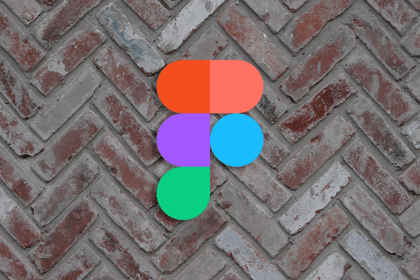
Adam Nicholson, VP of Product Management at AgileOne, discusses how he builds trust in his teams and with customers.

Astro integrations are key to customizing your site’s behavior. Learn how to insert them in the right areas of the hooks lifecycle here.

Explore everything you need to know about Storybook to better understand why you should use it in your next frontend project.

Templates can help designers avoid reinventing the wheel. Here’s a look at some of the best Figma community templates.

Let’s discuss how to use sorting techniques effectively in JavaScript projects, like insertion sort, quicksort, and more.

A software bill of materials is a structured, hierarchical list of components, libraries, and dependencies used in a software system.

Learn about the new CSS @scope feature coming in Chrome 118, which may potentially replace BEM with a cleaner, more ergonomic syntax.

Learn how you can use TanStack Query for data handling and state management in applications built with Next.js 13.

We explore Rspack, compare its performance to webpack, and demonstrate how to migrate from webpack to Rspack.

Drew Lesicko discusses the importance of predicting customer behavior, his approach to launching small, and how to change business models.

In this article, we’ll unpack the fundamental problem of shared team ownership and what you might actually achieve instead.

The new Web Preferences API proposal aims to change the way we set light and dark modes at the browser level. Learn all about the proposal.